After reading this piece you will be able to put drywall anchors in a wall with ease.
Drywall anchors are essential for securely mounting objects like shelves, mirrors, and artwork onto walls without studs.
Knowing how to put drywall anchors in a wall correctly ensures stability and prevents damage.
In this guide, we’ll walk you through the steps to effectively install drywall anchors, providing expert tips along the way.
How To Put Drywall Anchors In A Wall
How To Put Drywall Anchors In A Wall : Understanding Drywall Anchors
Before diving into the installation process, let’s understand what drywall anchors are and why they’re necessary.
Drywall anchors are devices used to support heavy objects on walls where there are no studs or where studs are not conveniently located.
They distribute the weight of the object across a larger area of the drywall, preventing it from pulling out or causing damage.
How To Put Drywall Anchors In A Wall : Types of Drywall Anchors
There are various types of drywall anchors available, each designed for different weights and applications.
Common types include plastic expansion anchors, toggle bolts, and threaded anchors.
Choosing the right type depends on the weight of the object you’re hanging and the wall material.
How To Put Drywall Anchors In A Wall : Plastic Expansion Anchors
Plastic expansion anchors are suitable for light to medium loads. They expand when a screw is inserted, gripping the drywall securely.
These anchors are easy to install and widely used for hanging picture frames, lightweight shelves, and decorative items.
How To Put Drywall Anchors In A Wall : Toggle Bolts
Toggle bolts are ideal for heavier items that require more support. They consist of a bolt with spring-loaded wings that expand behind the drywall when tightened.
Toggle bolts can support substantial weights and are suitable for mounting large mirrors, TV mounts, and heavy shelves.
How To Put Drywall Anchors In A Wall : Threaded Anchors
Threaded anchors, also known as molly bolts, are a combination of a screw and a sleeve.
They provide a strong hold for medium-weight objects such as towel racks, curtain rods, and small cabinets.
Threaded anchors require a larger hole to be drilled compared to other types but offer reliable support.
How To Put Drywall Anchors In A Wall : Tools and Materials Needed
Before starting the installation process, gather the necessary tools and materials:
- Drywall anchors (appropriate type for your application)
- Drill
- Screwdriver
- Pencil
- Level
- Measuring tape
- Anchoring screws (included with some anchors)
How To Put Drywall Anchors In A Wall
Step-by-Step Guide to Installing Drywall Anchors
Follow these steps to properly install drywall anchors in your wall:
How To Put Drywall Anchors In A Wall : Choose the Right Location
Determine where you want to mount the object and ensure it’s a suitable location free of pipes, electrical wires, or other obstructions.
How To Put Drywall Anchors In A Wall : Mark the Placement
Use a pencil and a level to mark the exact placement of the anchors on the wall. Measure and mark the distances accurately to ensure the object will hang level.
How To Put Drywall Anchors In A Wall : Drill Pilot Holes
For plastic expansion anchors and threaded anchors, drill pilot holes using a drill bit slightly smaller than the anchor diameter. For toggle bolts, use a drill bit large enough to accommodate the bolt wings when they are folded.
How To Put Drywall Anchors In A Wall : Insert the Anchors
Insert the drywall anchors into the pilot holes. For plastic expansion anchors, gently tap them into place with a hammer until flush with the wall. For toggle bolts, push the bolt through the hole and tighten the wings behind the wall.
How To Put Drywall Anchors In A Wall : Attach the Object
Once the anchors are in place, use screws to attach the object securely to the wall. Ensure the screws are the appropriate length to reach the anchors without protruding too far.
How To Put Drywall Anchors In A Wall : Expert Tips for Success
- Choose anchors based on the weight of the object and the wall material.
- Use a level to ensure the object hangs straight and evenly.
- Test the stability of the anchors by gently pulling on the object before fully installing.
- For heavier items, distribute the weight across multiple anchors for added support.
How To Install A Plastic Drywall Anchor
In summary to install a plastic drywall anchor, start by choosing the appropriate size anchor for your application, considering the weight of the object you’re mounting.
Then, using a drill bit slightly smaller than the anchor diameter, drill a pilot hole in the wall at the desired location.
Insert the plastic anchor into the pilot hole and gently tap it with a hammer until it’s flush with the wall.
Next, insert the screw into the anchor and tighten it until it’s secure, being careful not to over-tighten and risk damaging the anchor or the wall.
Finally, attach the object you’re mounting to the screw, ensuring it’s stable and level.
How To Install A Hollow Wall Anchor
In a nutshell to install a hollow wall anchor, first, choose the appropriate anchor size and type for your application, considering the weight of the object you intend to hang.
Next, use a drill bit that matches the anchor’s size to create a pilot hole in the wall where you want to install the anchor.
Insert the hollow wall anchor into the pilot hole and gently tap it in until it’s flush with the wall surface.
Then, use a screwdriver or a power drill to tighten the screw into the anchor until it feels secure.
Make sure not to overtighten, as this could cause the anchor to lose its grip.
Finally, attach the object you’re mounting to the anchor, ensuring it’s stable and level.
How To Put Drywall Anchor In A Wall : Parting Words
Knowing how to put drywall anchors in a wall is a valuable skill for anyone wanting to securely hang objects without studs.
By understanding the types of anchors, gathering the right tools, and following the step-by-step guide, you can achieve a stable and reliable mount for your items.
Remember to always prioritize safety and accuracy when installing drywall anchors.

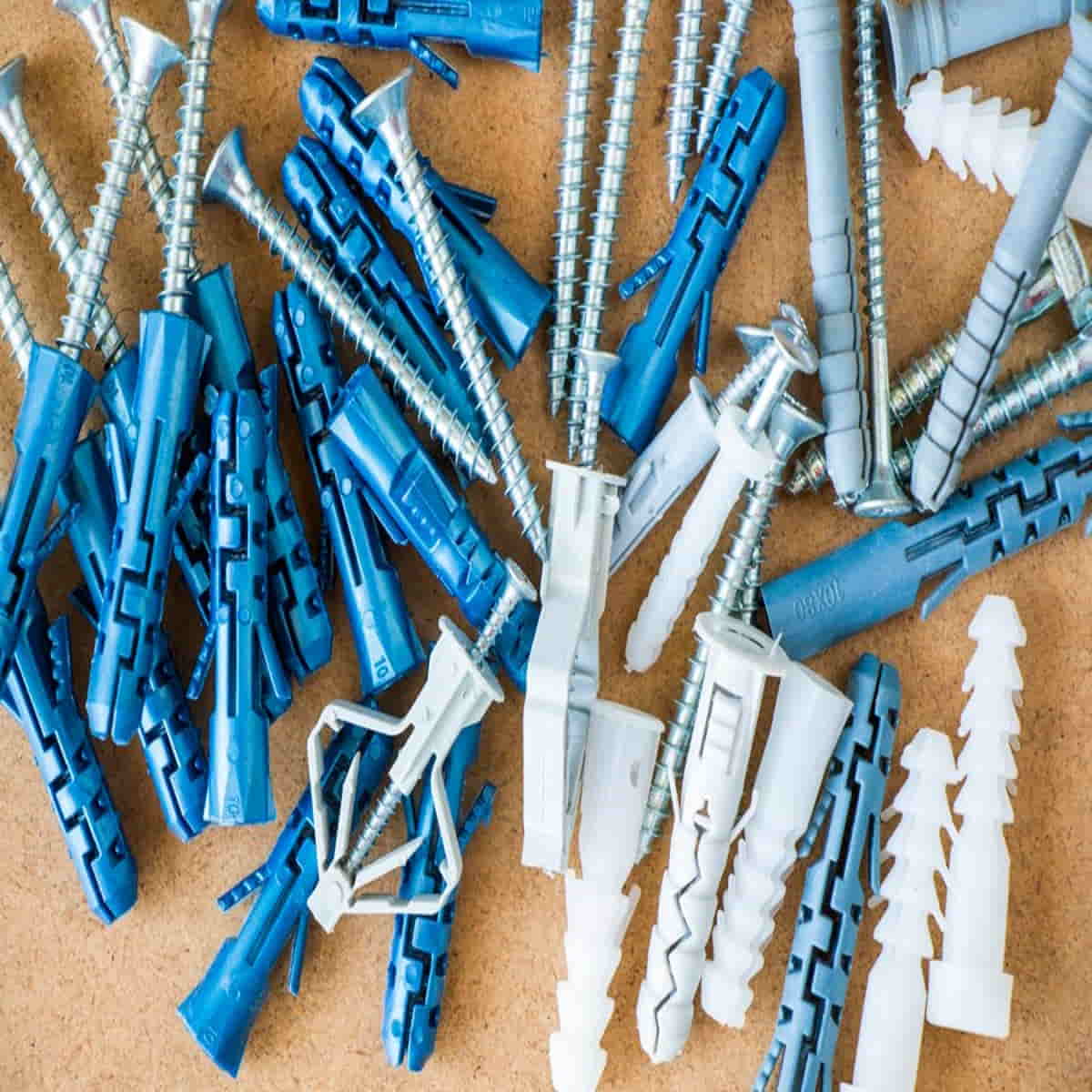
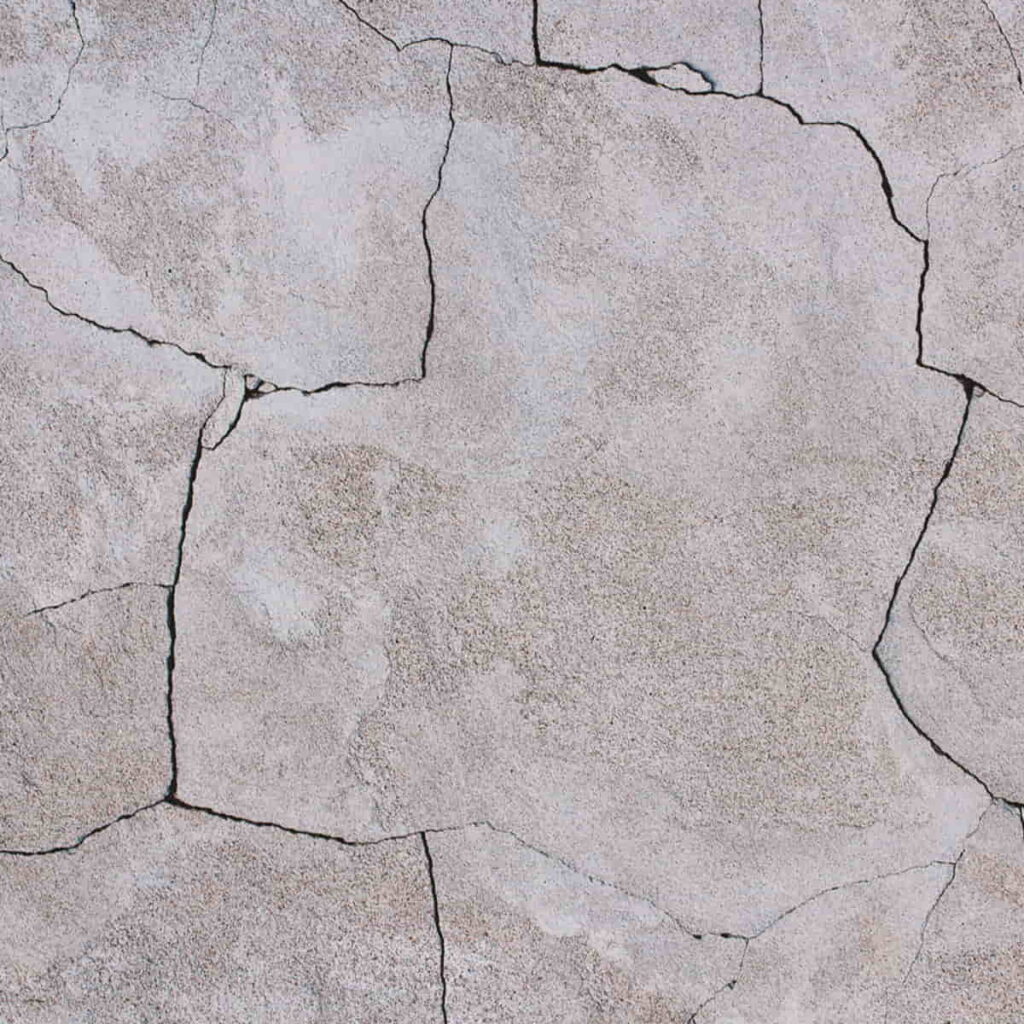
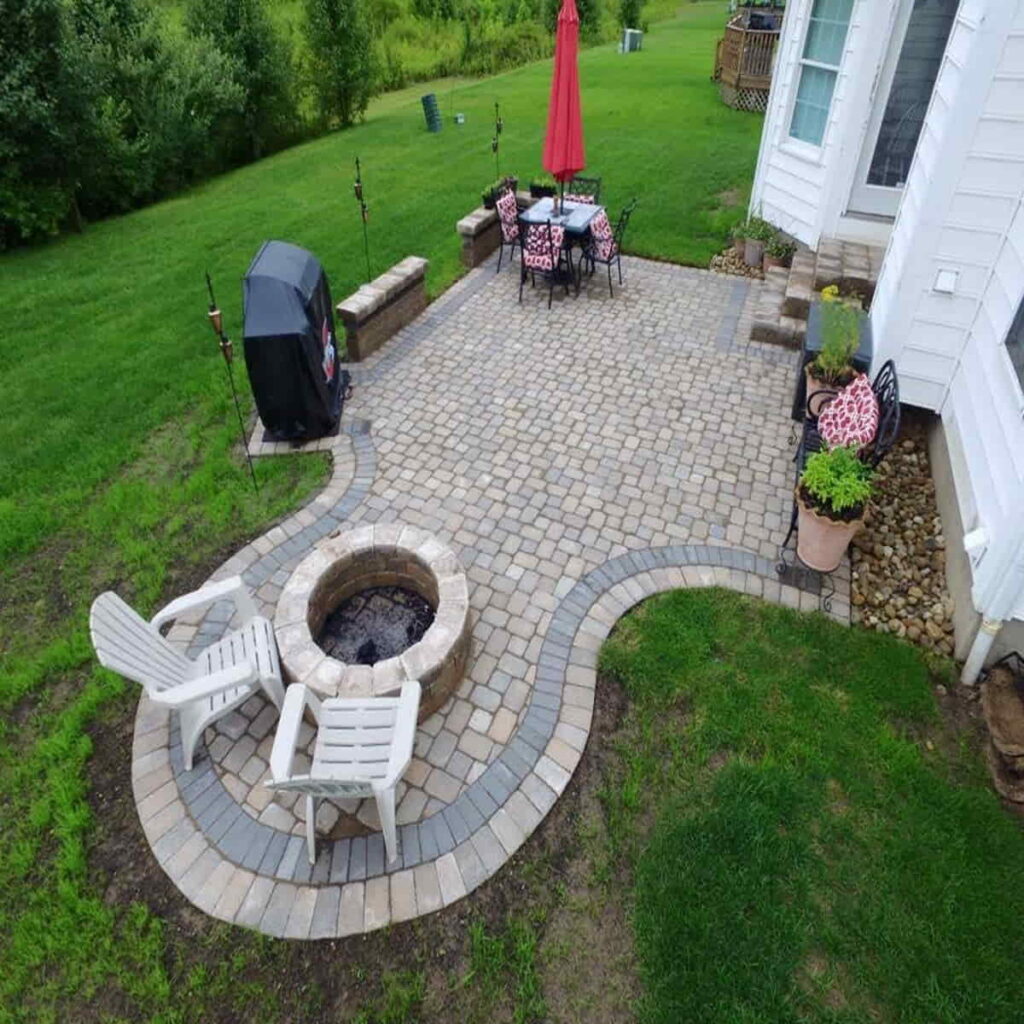

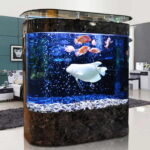

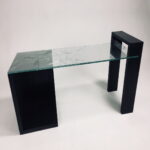


2 Comments